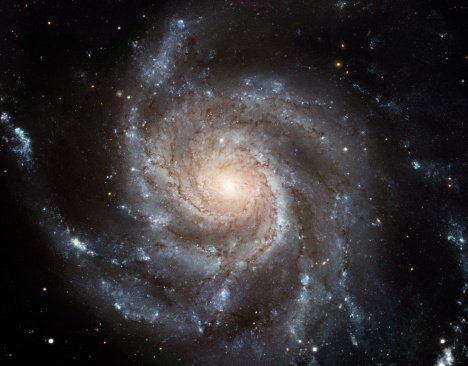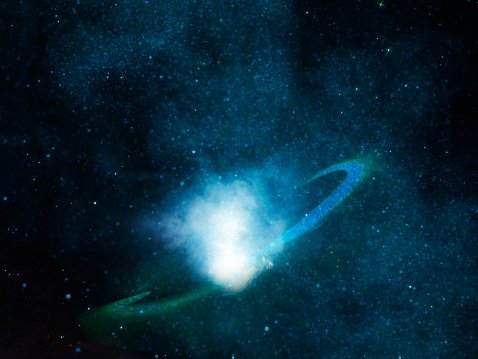
Astronomers Release New Map of the Milky Way Showing Our Galaxy's Outermost Region
NASA and ESA ( the European Space Agency) have recently discovered some unbelievably incredible details about the earth's galaxy, the Milky Way. Learn all about the exciting new discovery.
Every minute of every day, science and technology continues to contribute to take giant leaps into progress and discovery. One of the latest of such progressive discoveries is the recently shared all-sky map of the milky way galaxy.
The Milky Way Galaxy — home to our solar system, numerous other solar systems, over 200 billion stars, and enough dust and gas to make billions more, has been a source of wonder and fascination to many since it was first discovered in the 1600s.

A NASA picture of the spiral galaxy | Photo: Getty Images
With recently collected data from the European Space Agency's Gaia mission and NASA's Near-Earth Object- Wide-Field Infrared Survey Explorer, astronomers have been able to map out the outskirts of the Milky Way galaxy.
This aspect of the galaxy reportedly appears as a galactic halo and a group of stars. Once deemed empty, the halo which lies outside the swirling spiral arms of the Milky Way is now said to consist of dark matter as well as a small population of stars.

Starry night with the Milky Way Galaxy | Photo: Getty Images
The data used in creating this new map was brought about by studying the actions and pathways of a smaller galaxy called the Large Magellanic Cloud.
The LMC, as it is also called, has sailed through the milky way's halo, and like a ship would on the sea, it created a wake in the stars hosted in the galactic halo.

Milky way galaxy with stars and space dust in the universe | Photo: Getty Images
This new map is the first to provide a clearer look at the halo's outer region where LMC's wake is found. The all-sky map now presents a detailed view of the location of the wake, as well as the shape and size.
Observing this wake will give astronomers a better opportunity to study dark matter — the gravitation-influencing matter said to hold the galaxies and planets. For decades, the phenomenon of dark matter has eluded scientists despite being so vastly spread across the universe.

Space image in the studio | Photo: Getty Images
While LMC has left a rippling wave of stars in its wake, its movement towards the Milky Way has caused experts to believe that the dark matter will cause the smaller galaxy to shrink in size and eventually become part of the Milky Way in a merge.
The LMC's wake is said to be about 200,000 light-years to 325,000 light-years from the center of our galaxy. A catastrophic collision between the two galaxies is suspected to take place in some 2 billion years.
In 2020, Japanese experts discovered a difference in the earth's position in the Milky Way. They said the earth is located 25,800 light-years from the galaxy's center.
2000 light-years closer than the first postulated value of 27,700 light-years adopted by the International Astronomical Union in 1985. The Milky Way is not the only galaxy whose halo has been mapped recently.
Its neighbor, the Andromeda Galaxy's halo, was studied further in 2020, revealing that it extends 1.3 million light-years from the galaxy. This means that the two galaxies' halos have started to bump into each other.

Earth's curvature view from space | Photo: Getty Images
With every new fascinating discovery, it becomes more evident that humans are only a minuscule part of the vast, great universe and that there is so much more to learn and discover.
